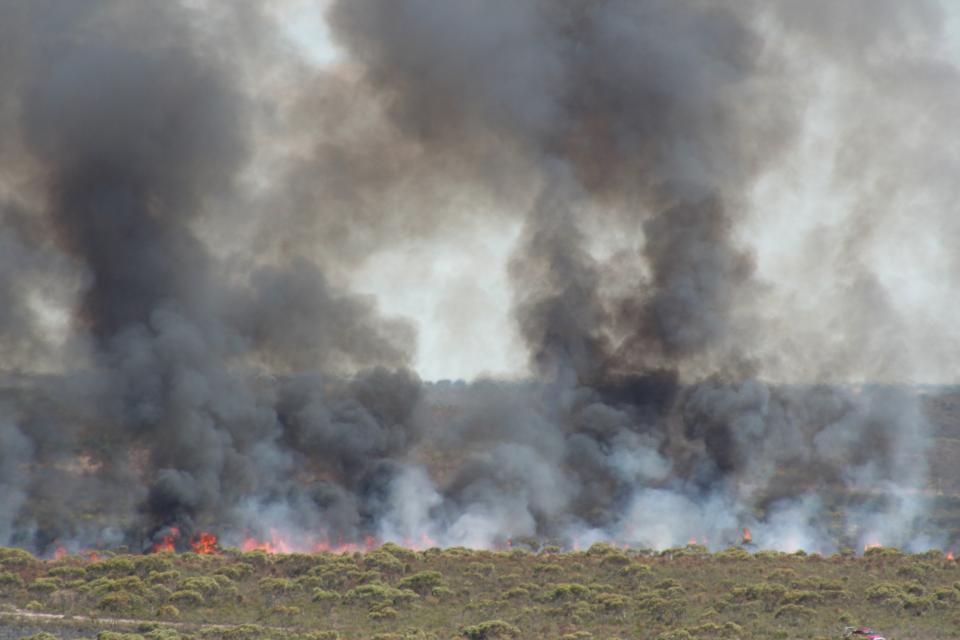
PUBLICATIONS
Published works

Recirculation regions downstream of a canopy on a hill
| Title | Recirculation regions downstream of a canopy on a hill |
| Publication Type | Report |
| Year of Publication | 2020 |
| Authors | Khan, N, Sutherland, D, Moinuddin, K |
| Document Number | 538 |
| Date Published | 01/2020 |
| Institution | Bushfire & Natural Hazards CRC |
| City | Melbourne |
| Report Number | 538 |
| Keywords | canopy, downstream, fire simulation, hilly terrain, recirculation |
| Abstract | The large eddy simulation (LES) is performed to study the flow characteristics of atmospheric boundary layer over forested hills. The sparse and dense canopies are introduced in the hill structure and modelled by homogenous leaf area density. A pressure driven flow is established under neutrally stratified condition to explore the effect of hill and canopy induced perturbations including velocity speed-up, separation, attachment and recirculation. The presence of recirculation zone in the lee side of the can change the behavior of the flow field significantly. To be specific, the smoke and firebrand transport, spotfire ignition and fire intensity can be influenced by the formation of recirculation zone in the lee side forested hill. Moreover, the flow separation and attachment in the lee side of the hill or in near forest clearing can change the fire behavior and rate of spread significantly. This study extends previously developed physics-based simulations for the flow through forest canopies over flat surfaces by Duncan et al. [1] with inclusion of hilly terrains. The motivation is to develop a predictive model for the firebrand transport and spotfire ignition model extending the previous work of Rahul et al. [2], where a physics based firebrand model is developed and validated against laboratory-scale experimental data. How the recirculation can affect the formation and growth of firebrand transport and spotfire ignition in the hilly terrain is the long-term goal of this study. The streamwise mean velocity is increases with increases of hill height and canopy densities over a forested hill. The flow recirculation zone is nicely captured on the lee side of the hill with various degrees of size and shape with respect to vegetation densities and hill sizes. The size and shape of the recirculation zones largely depend on the steepness of the hill although canopy density has some contribution as well. The results of streamwise mean velocities, mean pressure, Reynolds stresses and streamlines of velocity fields are captured in this study, which are qualitatively in good agreement with the existing literature. Overall the simulation results show the applicability of FDS in such complex simulation that can be used in future studies for the fire simulation of hilly terrain. |
Published Works


